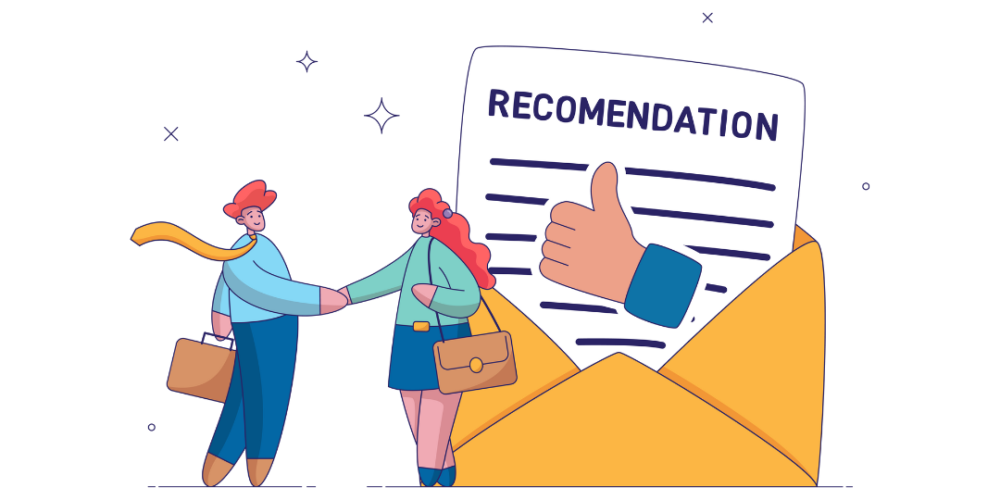The B1/B2 visa is a popular option for those who want to enter the United States for temporary business or pleasure purposes or even a mix of both.
Here’s a breakdown of the B1/B2 visa:
Brief Description:
- Purpose: This visa allows you to enter the U.S. for short-term business activities (B1), like attending conferences, negotiating contracts, or training. It also allows for tourism (B2), like sightseeing, visiting family and friends, or receiving medical treatment.
- Validity: B1/B2 visas can be valid for up to 10 years, but the maximum amount of time you can stay on each visit is typically determined by the Customs and Border Protection (CBP) officer at the port of entry and is usually around six months.
Note: This doesn’t mean you can stay for the entire validity period on each visit.
- Multiple Entry: This is typically a multiple entry visa, meaning you can use it to enter the U.S. multiple times during its validity period, as long as each visit complies with the B1/B2 category.
Requirements:
- You must be a citizen of a country that participates in the Visa Waiver Program (VWP) or requires a visa to enter the U.S. https://travel.state.gov/content/travel/en/us-visas/tourism-visit/visa-waiver-program.html
- You must have a valid passport from your home country.
- You must demonstrate strong ties to your home country, meaning you have compelling reasons to return after your visit. This could include a job, property ownership, or family ties.
- You must have sufficient funds to cover your expenses during your stay in the U.S. (Bank statements or proof of sponsorship might be helpful)
- You cannot accept paid employment in the U.S. while on a B1/B2 visa.
Eligibility for Spouse and Children:
Your spouse and children are not eligible for a dependent visa. Each of your dependents who will be accompanying or following to join you must apply separately for a B-2 visa and must follow the regulations for that visa.
The process to Apply:
- Determine the purpose of your trip: Business (B-1), Tourism (B-2), or Combination (B1/B2).
- Fill out the Online Visa Application (DS-160): This form collects your biographical information, travel plans, and purpose for visiting the U.S. You can find the DS-160 form on the U.S. Department of State website. https://travel.state.gov/content/travel/en/us-visas.html)
- Pay the Application Fee: The visa application fee must be paid electronically before you schedule your interview.
- Schedule a Visa Interview: Once you’ve submitted your DS-160 and paid the fee, schedule an interview at a U.S. embassy or consulate in your home country. Tip: Schedule your interview well in advance, especially during peak travel times.
- Attend the Visa Interview: This is your chance to explain your trip to the U.S. consulate officer. Be prepared to answer questions about your itinerary, purpose for travel, and ties to your home country. Dress professionally and politely answer all questions directly. Bring your passport, application confirmation, DS-160 confirmation page, and any supporting documentation.
Potential Timeline:
The processing time for a B1/B2 visa can vary depending on your nationality and workload at the U.S. embassy or consulate. It typically takes anywhere from a few days to several weeks.
Tips to Navigate and Successfully Apply for the B1/B2 Visa:
- Gather all required documentation beforehand. This will help streamline the application process.
- Be honest and truthful in your application and interview. A history of deception can lead to visa denial.
- Be clear and concise about your purpose for travel. Explain your itinerary and activities planned.
- Demonstrate strong ties to your home country. This strengthens your case for returning after your visit.
- Dress appropriately for your visa interview. First impressions matter!
- Relax and be confident during your interview. Speak clearly and answer questions directly.
How We Can Help

Latest Blogs

Mistakes That Reduce Your Chances of Getting a Scholarship
One of the main concerns for students who aim to study at prestigious universities worldwide…

Top Job Resources for International Students in the U.S.
A Comprehensive Guide to Career Success International students moving to the United States for education…

Guide to Writing Recommendation Letters for International Applications
Comprehensive Guide to Writing Letters of Recommendation for International University Applications Letters of Recommendation are…


